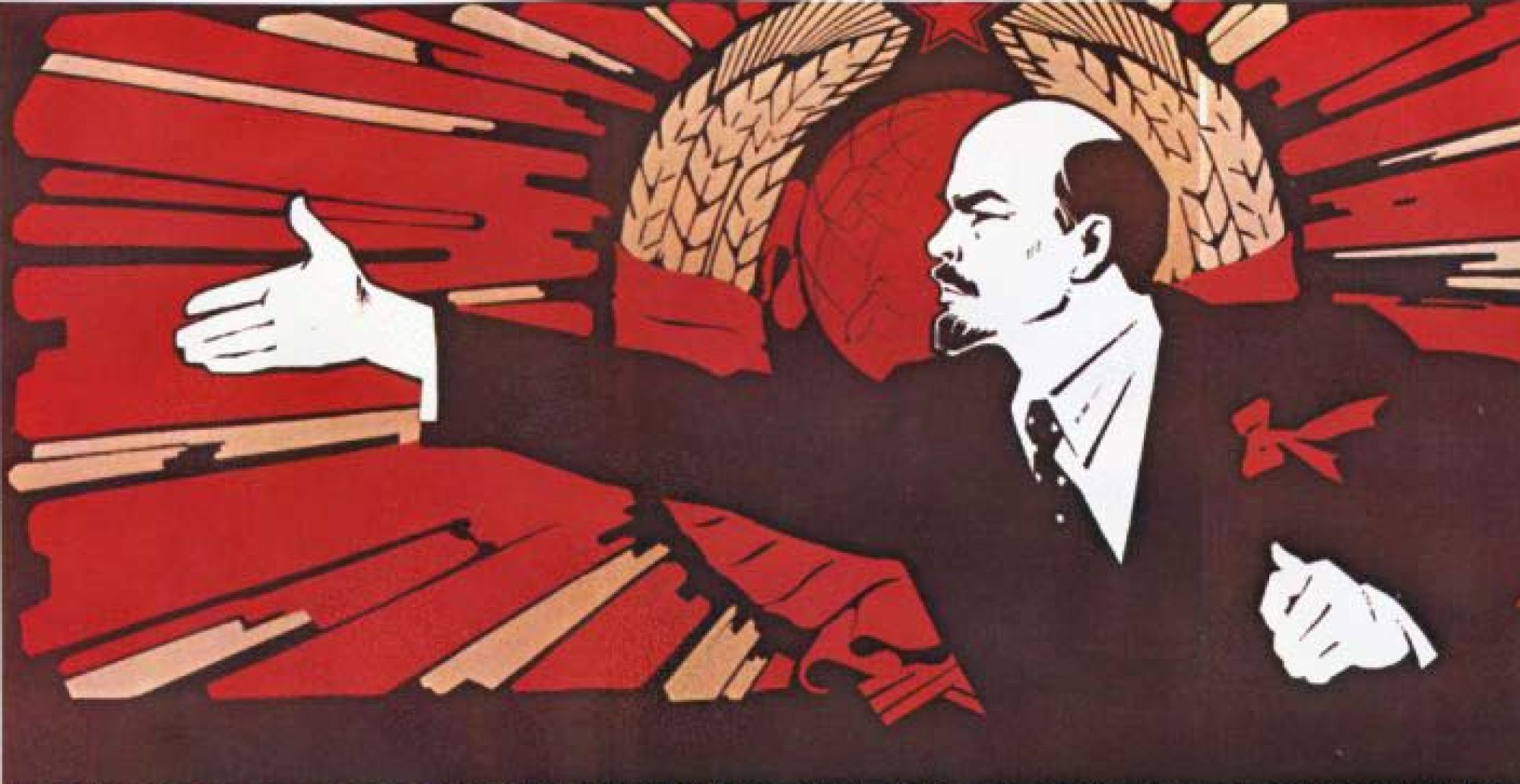In chapter four of the book “Russias Long Twentieth Century”, the authors explore the affects of the 1917 Revolution in regards to women’s rights, children, and sexuality in newly founded Soviet Russia. The introduction opens with a description of the celebration of International Women’s Day on 8 March 1927: “Women throughout Uzbekistan participated in a dramatic public mass unveiling. Thousands of Muslim women tore off their paranoia and tossed them into bonfires.” (Chatterjee et al., 69). They go on to mention an account from an Uzbek woman named Rahbar-oi Olimova, who stated that the “act of liberation” made her happy. After reading about this demonstration by the Uzbek women, I was reminded of the many mentions of liberations made by Anna Litveiko as she began working for the Bolsheviks to help the revolution. Throughout our readings, in fact, there is a lot of examples of women who felt liberated after the Bolsheviks took power. Could the 1917 Revolution have been a turning point for the women’s rights movement, and for movements for those who would have been previously oppressed by the autocracy in general? Did Lenin and the Bolshevik party use the oppression of minorities to gain followers?

Russia, the Soviet Union, and the CIS (HIS240 S20)
Revolution and its evolution!
This is a great point to bring up! When talking about the revolutions in Russia, politics precedent as the top discussion. However, we mentioned in class numerous times how revolutions, rallies, and acts against the social norm were performed on the backbone of women. It is hard to imagine that a period of change/excitement would not spark social changes for women. The 1917 Revolution was a turning point for the peasants of Russia, and this may have subconsciously awakened women to their rights. While Lenin and the Bolshevik party probably did not intend for minorities, such as women, to have a social awakening, this was still a very real effect of the revolution.
As previously touched upon in discussion, it is also critical to remember that unity was key for the Revolution’s success. After all, a failure in unity and a cause to rally behind was what spelled doom for the Whites in the civil war. It is very possible that once such empowerment of minorities and women became evident, the Bolsheviks jumped on the bandwagon for the sake of promoting their ideology to an even wider audience…an audience that felt they now had a choice to embrace their own views and ideals. From the perspective of the downtrodden and disenfranchised, why not follow those who enabled, or at very least contributed to, their individual freedom through the 1917 Revolution? The book touches upon this on page 69 when it speaks of the Bolshevik leadership seeking to create “a New Soviet Person” through this social modernization in the late 1920s. Given Lenin’s intelligence and strategy in regards to political timing (as we discussed, particularly during WWI and in the lead-up to Tsar Nicholas’ abdication), I think it very likely that he foresaw the possibility of the Bolshevik’s broad appeal prior to his death. How prominent he predicted it would be going forward though, I am not sure. A key question I would love to know the answer to is this: Did the Bolsheviks worry that this rapid change, and the violence in response that occurred in some regions, could potentially topple their new government? This is especially interesting given similar social unrest in the rest of Western Europe due to post-WWI economic policies and social norms. Keep in mind that women in the United Kingdom could not vote in the same legal sense as men until 1928. For these governments, and those individuals in charge, such social change as seen in 1917-mid 1920s Russia likely seemed very dangerous for their entire government. Within the USSR, was regional backlash calculated by the party leadership? Regardless, it does appear to be a turning point.